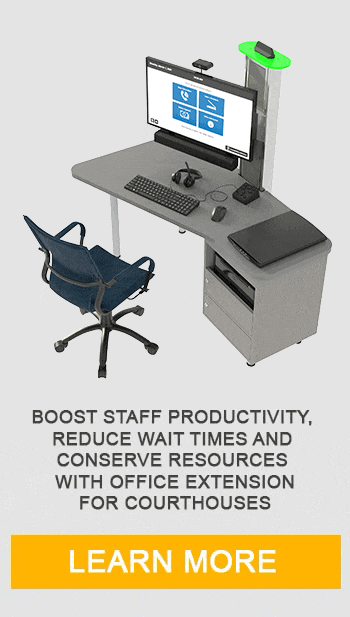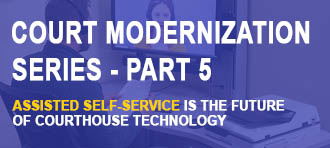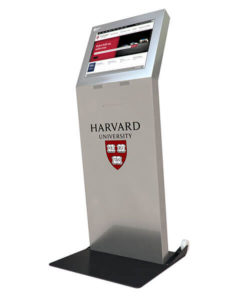It comes as no surprise that to measure customer’s perception of good service reflects on convenience. Few things can sour a fine evening at a restaurant like having to wait a long time to pay for the check. Patrons of brick-and-mortar stores face similar frustration from long lines at the checkout. These are areas where self-service kiosks can make a huge impact on customer satisfaction and customer loyalty.
Installing self-service kiosk technology can be a huge differentiator in customer experience strategy, and it’s becoming expected in the modern world. The National Restaurant Association found that an amazing 79% of customers found that kiosks make their experience more convenient. Table kiosks provided in chains like Chili’s and Olive Garden allow patrons to browse the menu, order drinks, pay the tab, and even split the tab quickly and with ease, improving their customer experience. In the quick service (QSR) world, McDonald’s noted their patrons spend an average of 30% more per order, as the kiosk will always remind the customer to supersize their order.
In the retail world, large stores like Walmart and Home Depot have adopted self-checkout kiosks to help speed up customer support through product or service lines. Instead of one cashier per register, a single associate can monitor several self-service registers at at time instead. These kiosks can offer additional value to the customer by presenting relevant coupons at checkout time, or consistently offering extended warranty protection that a human cashier might occasionally forget to offer.
The cashier position is the third most common job in the United States, according to the 2018 Bureau of Labor statistics. Accordingly, there is some concern over using any technology that might result in a loss of jobs. Major retailers such as Amazon are experimenting with complete cashier-less stores, using computer vision and machine learning to determine what items customers are purchasing. Yet Amazon cites that these stores do not cause a loss of jobs. Rather, their associates are given different jobs to add value to the shopping experience, such as advising customers on product purchases, helping customers find the right product, collecting customer feedback, and even carrying purchases out to vehicles. Even more telling is a 2018 report by the World Economic Forum. It states that while 98,000,000 jobs may be lost as a result of self-service automation, 1.75 million new jobs will actually be created.
There has also been concern voiced about self-service kiosks resulting in a decrease of human contact during the various interactions, which is of concern to both customers and business owners. However, establishments such as McDonald’s have found that the point of sale kiosks actually allow for increased interaction. With less staff needed for the basic operation of order taking, those same staff members can spend more time ensuring food quality and good customer service.
While there are certainly pros and cons, self-service technology seems like it is here to stay. Business owners enjoy their increased business, while their patrons are treated to a better overall customer experience.













